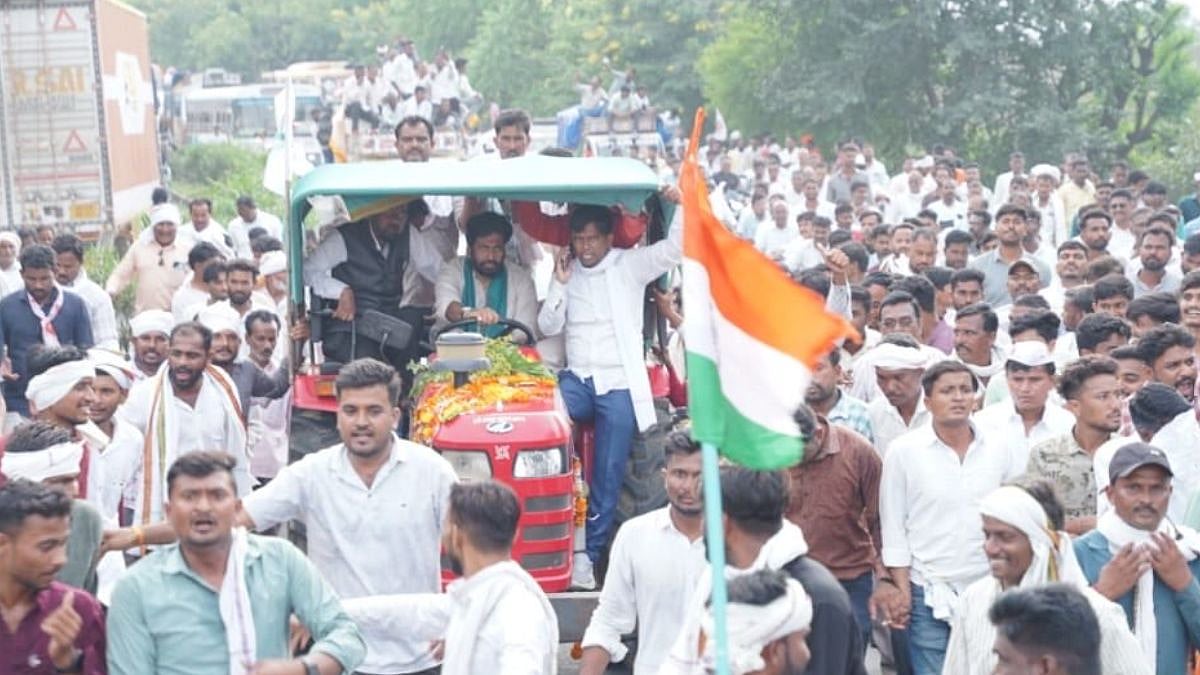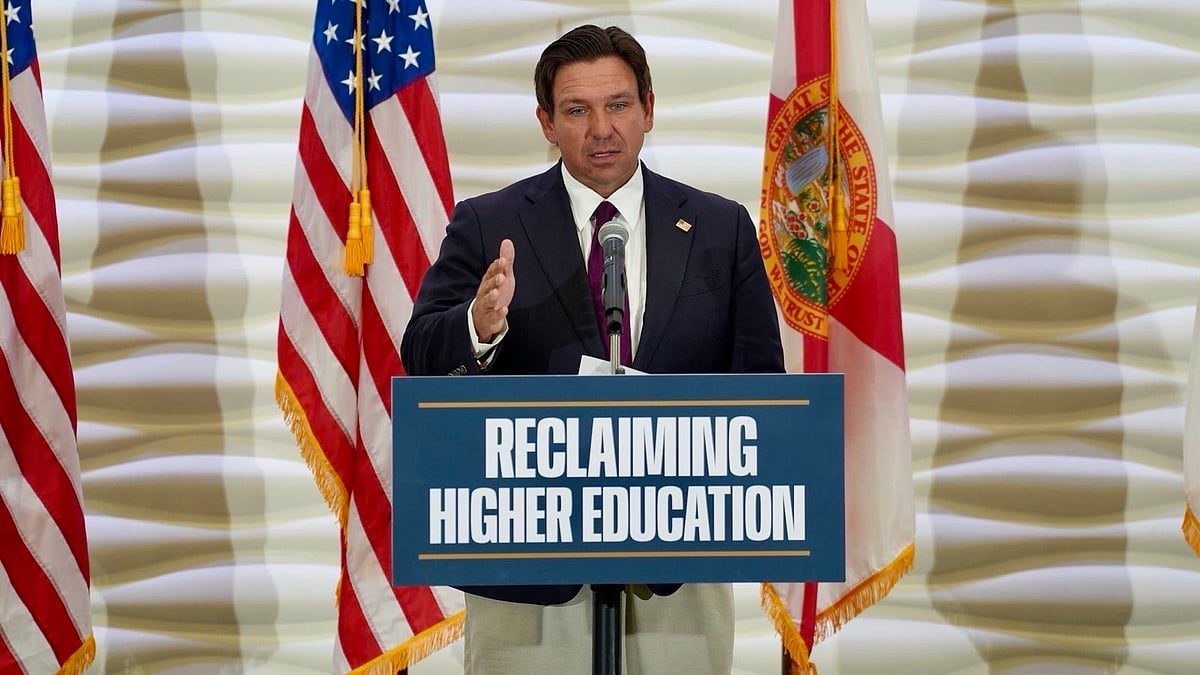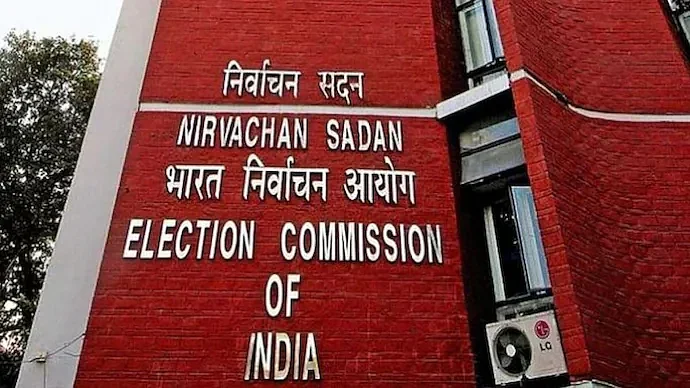It reflects poorly on the nation’s governance that only two states—West Bengal and Telangana—have filed affidavits in the Supreme Court detailing what steps they have taken to curb the stray dog menace. The other states and Union Territories have been found wanting, forcing the apex court to summon their chief secretaries on November 3 to explain their inaction. The court has even contemplated holding the session in its auditorium to accommodate all the defaulters—a symbolic but telling commentary on bureaucratic apathy. The Supreme Court has taken a no-nonsense approach to the issue ever since a report appeared in a Delhi newspaper about a girl child being mauled to death by stray dogs. The Bench directed the authorities in the National Capital Region to round up all strays and move them to shelters. Later, the order was refined to let dogs be released after being dewormed, immunised, and sterilised. The logic was humane: to balance compassion with public safety.
The states’ non-compliance exposes the lethargy that often characterises the implementation of court orders. The gravity of the problem can hardly be overstated. Dog-bite cases have been rising alarmingly across the country, with several resulting in fatalities, especially among children. Rural healthcare systems, in particular, lack the facilities to provide timely anti-rabies treatment. Rabies remains nearly 100 per cent fatal once symptoms appear—a grim statistic that underlines both administrative failure and public ignorance. Many victims of dog bites do not seek or complete treatment, often because they are unaware of the dangers. As a result, India continues to record the world’s highest number of deaths due to rabies. Yet, animal lovers have raised objections to the court’s firm stance, arguing that dogs have been man’s most faithful companions since time immemorial. They even invoke the Mahabharata, where Yudhishthira refused to abandon his dog on his journey to heaven. But such moral and emotional arguments, while noble, cannot outweigh the right of citizens—especially children and the elderly—to move freely and safely in public spaces.
The challenge lies in balancing compassion for animals with the safety and health of human beings. The old Prevention of Cruelty to Animals law was ill-equipped to address the crisis, as it prohibited meaningful intervention. The amended rules now allow for the vaccination and sterilisation of healthy dogs and the humane euthanasia of rabid ones. What is lacking is not law, but will. The Supreme Court has done well to crack the whip. The chief secretaries who ignored its directions deserve no sympathy. Their dereliction has put lives at risk. November 3 will not just be a date of accountability—it will be a test of whether India’s states can finally treat this long-neglected public health issue with the seriousness it deserves.










